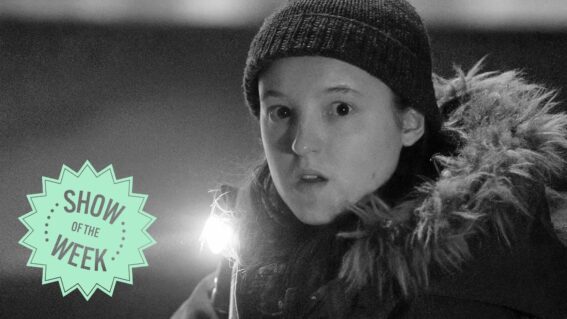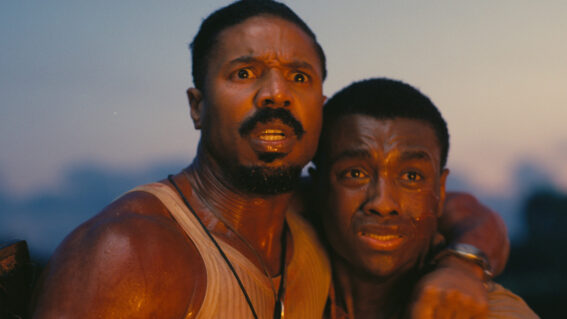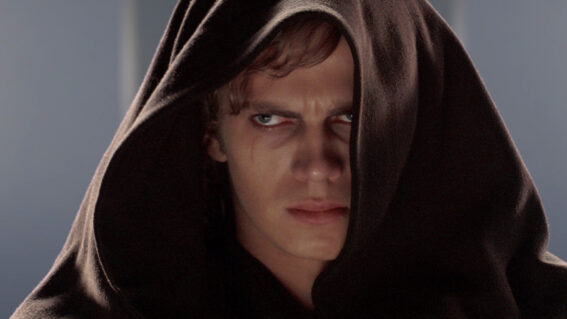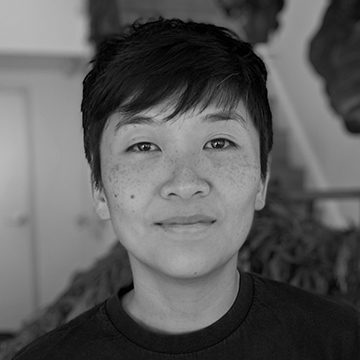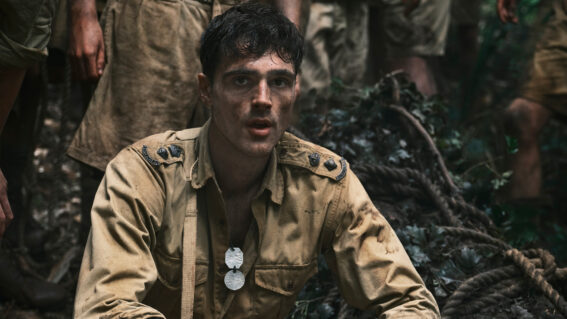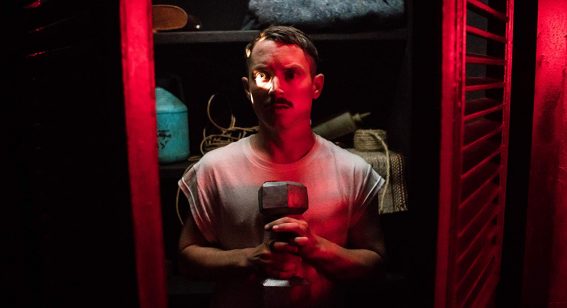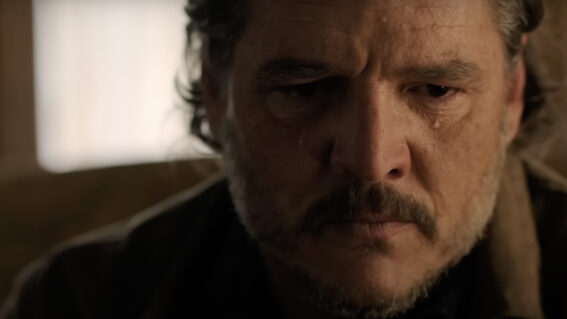Season two of Andor offers more of the best Star Wars since the original trilogy
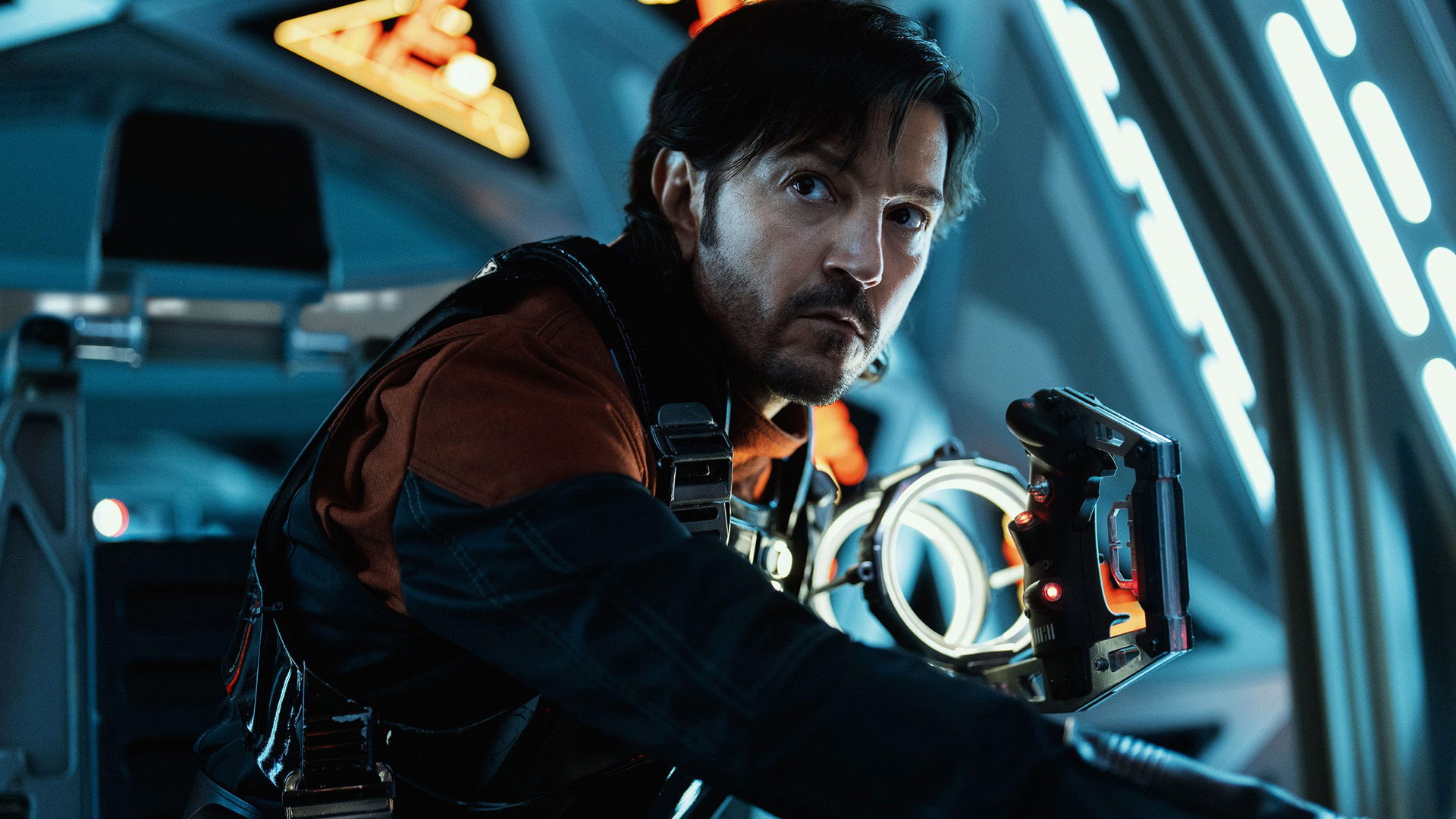
Andor is back, with a focus on how rebellion is born from the bottom up. Stephen A Russell takes a look at how Tony Gilroy’s masterpiece brings class and grit to its intergalactic story.
“What a piece of junk,” Luke gripes on first setting eyes on shifty smuggler Han Solo’s trusty ride, the Millenium Falcon. Rich words, coming from a lowly moisture farmer from Tatooine. Indeed, I’d argue that the beat-up nature of the original Star Wars film and the scuzzy nature of key characters is a major factor in its massive success.
Workers the world over could recognise the run-down country town vibes of Mos Eisley and its dodgy watering hole, the Cantina, or the tar-smeared industrial spaces like the Death Star’s trash compactor. They spotted jobsworths amongst the Storm Troopers and office politics from Darth Vader’s oft-snooty underlings right up to Grand Moff Tarkin.
A New Hope felt truly lived-in in a way that many of the prequels, sequels and shows have not, offering a glimpse into how this universe really works, even if Eddie Izzard wanted a bit more on that, Death Star canteen included.
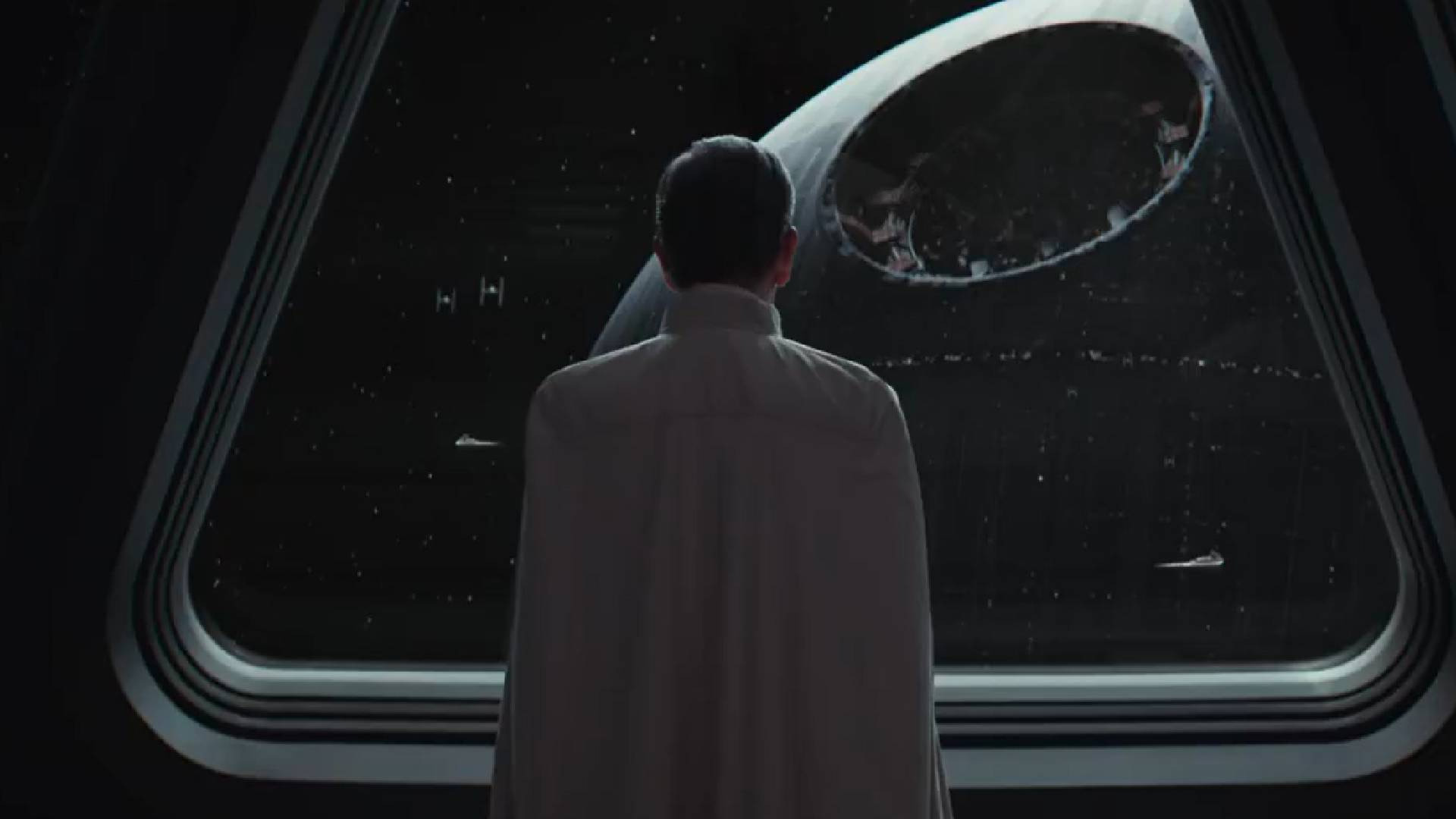
Despite showing prisoners, including Diego Luna’s Cassian, machine-working sections of that weapon of mass planetary destruction in season one, the final run of Andor showrunner Tony Gilroy’s spectacular Rogue One prequel series does not make it onboard.
But as we return to the best Star Wars offering since the original trilogy, it’s the nitty-gritty of the worlds Gilroy and his co-writers have built or expanded upon, and the socialist/union politics of the people that populate them that makes Andor soar. Particularly because we get to see little folks—no, not the Ewoks, keep your inexplicable hatred to yourself—on both sides of the Rebel/Imperial divide, with a fair few straddling that murky chasm in between.
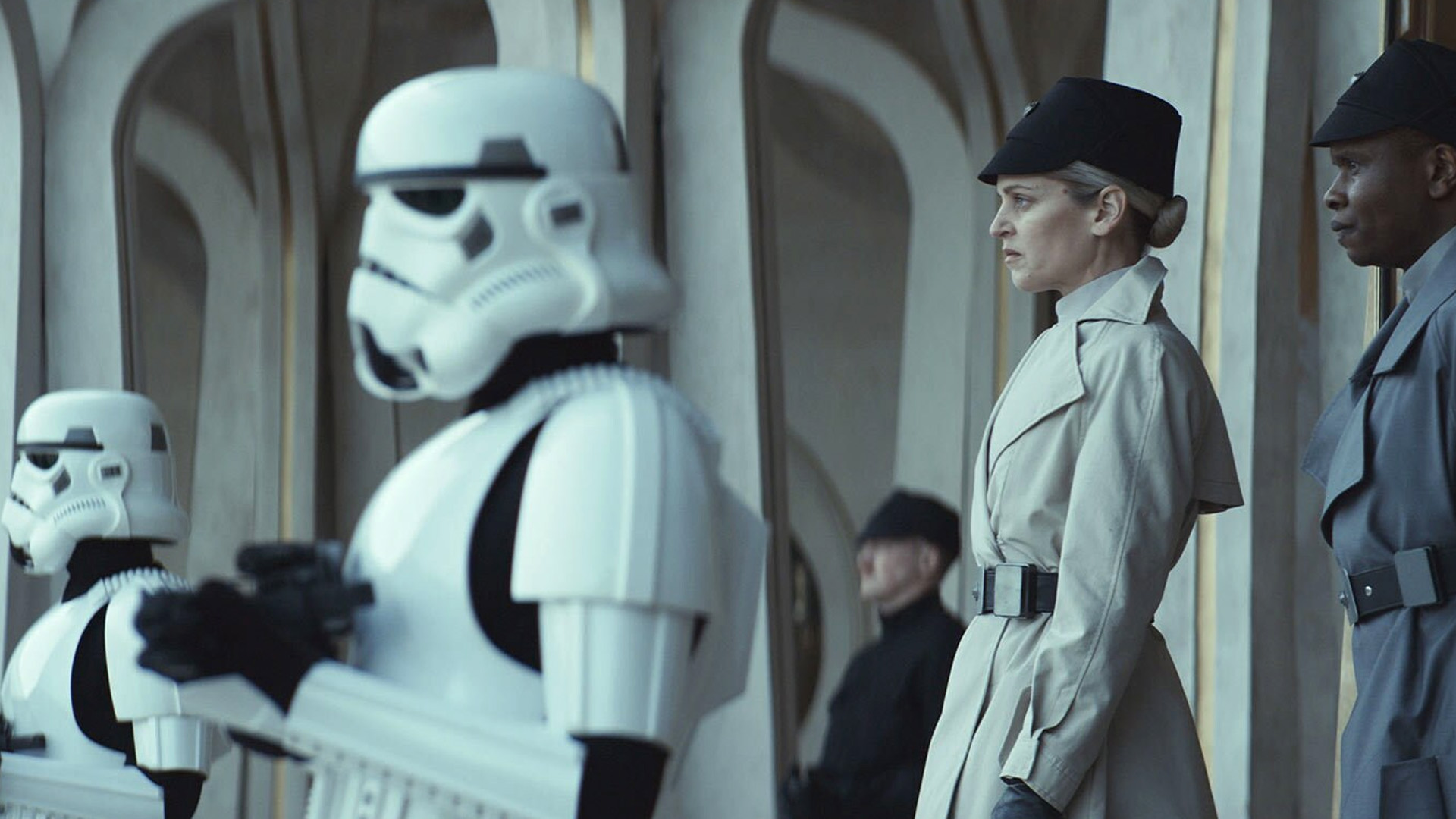
Imperial march
Much more ground-level, there’s no Luke, Solo, Leia, Vader, Tarkin or Palpatine in Andor, even when we visit familiar spaces like the Senate on Coruscant or a key Rebel outpost. Though fans are rewarded with the return of one of Australia’s best rent-a-baddies in Ben ‘Mendo’ Mendelsohn’s Orson Krennic (more on him later).
Gareth Edwards’ original cut of Rogue One was notoriously rejected. Gilroy was brought in to oversee significant reshoots, including more backstory for the rag-tag bunch, including Cassian, that senator-turned-rebel-leader Mon Mothma (Genevieve O’Reilly) assembles to steal the Death Star plans.
Getting the measure of the man, discovering where Cassian’s from, how that shaped him and why he’s come to back the rebellion, however reluctant at first, is Andor‘s greatest strength.
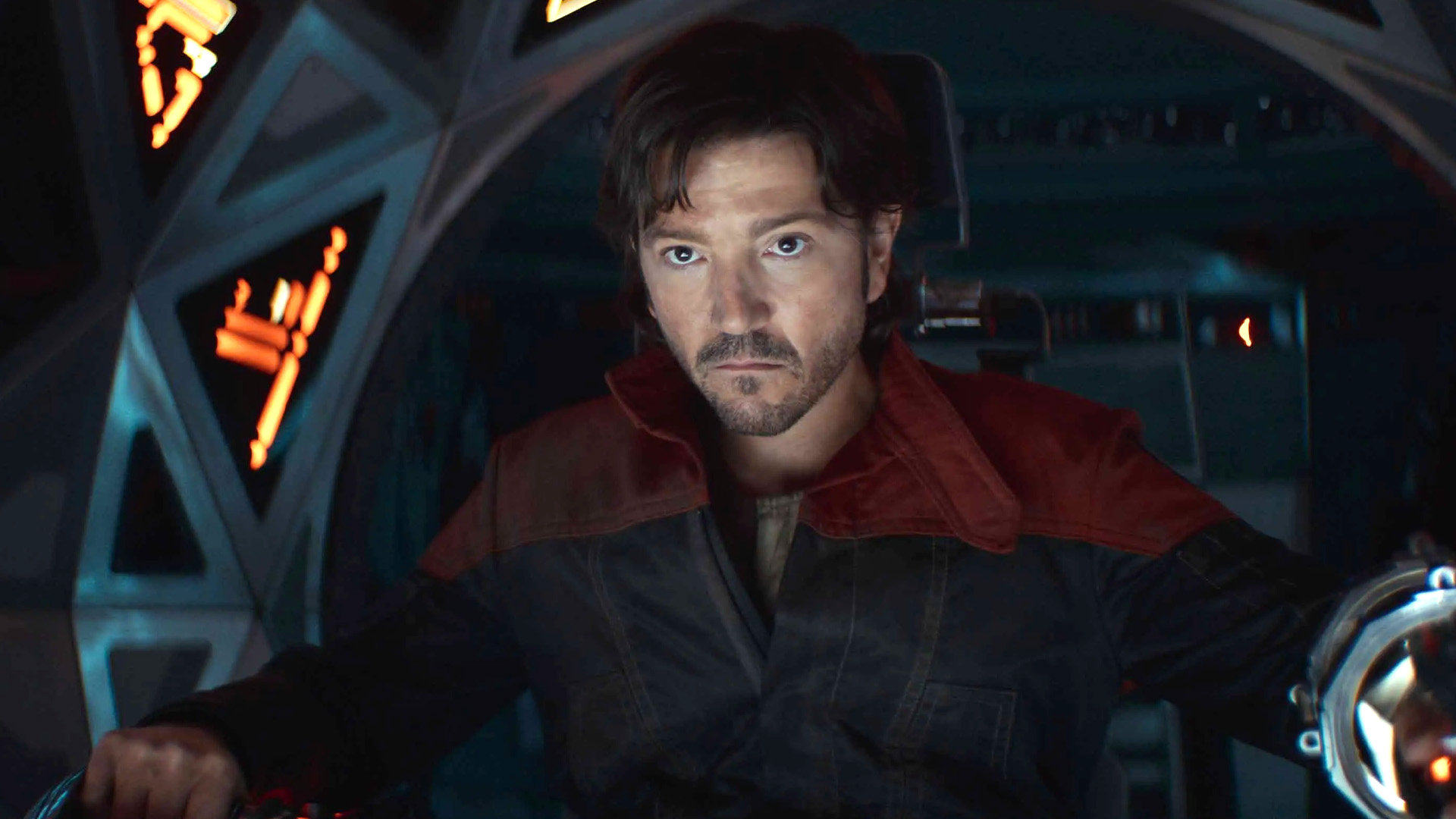
Adopted by Killing Eve actor Fiona Shaw’s Maarva Andor after discovering him on abandoned mining planet Kenari, she brought him to Ferrix. One of the best additions to the Star Wars galaxy, this Outer Rim planet bristling with salvage markets is a real working-class hub teeming with recognisable salt of the earth types who band together at all costs. Season one culminated in a riot pushing back against the Empire’s grip on the free trade post, inspired by Maarva’s holographic rally call from beyond the grave.
One of those mighty workers, Adria Arjona’s Bix Caleen, paid a high price, with her mind tortured and all but broken by Imperial tech. Andor season two takes the time to sit in that trauma, in how it reshapes Bix and how she takes back control. Every action has consequences on this magnificently assembled show.
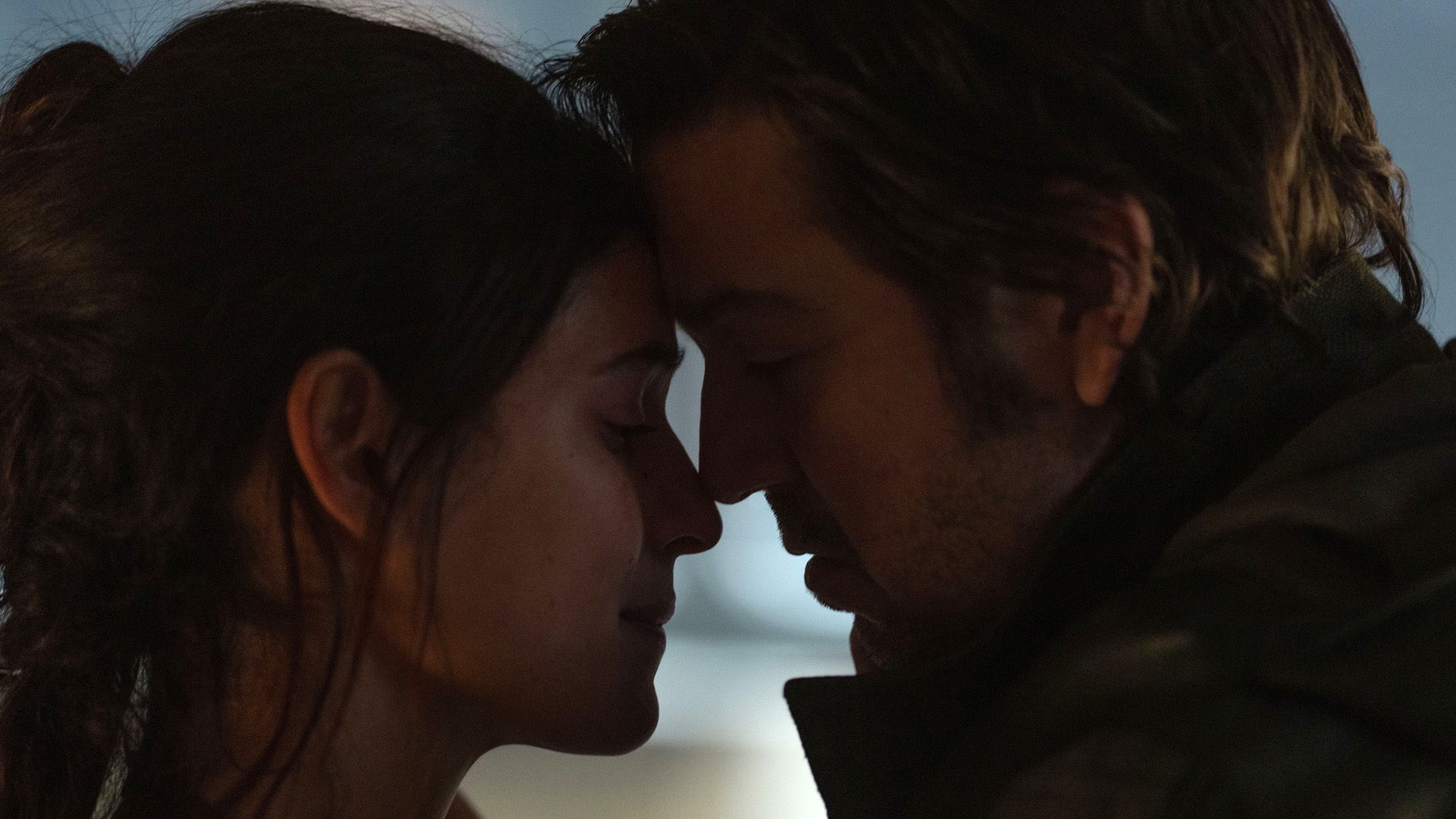
On the flip side, we got to witness how Kyle Soller’s Syril Karn worked his way up from being a grunt for the Empire-aligned Consolidated Holdings of Preox-Morlana Corporation, overseeing Ferrix, to the pen-pushing Imperial Bureau of Standards on Coruscant. This by way of a stalkerish obsession with Denise Gough’s Dedra Meero, the best new love-to-hate-her character in Andor’s working world who plunges the knife into comrades with nary a blink, functioning as a dark mirror to Cassian’s increasingly all-for-one attitude.
A similarly fixated figure, the iron-willed Deedra’s tenacity within the Imperial Security Bureau (ISB) saw her climb the ranks by identifying which seemingly random raids across the galaxy are, in fact, the connected strings of a fomenting rebellion.
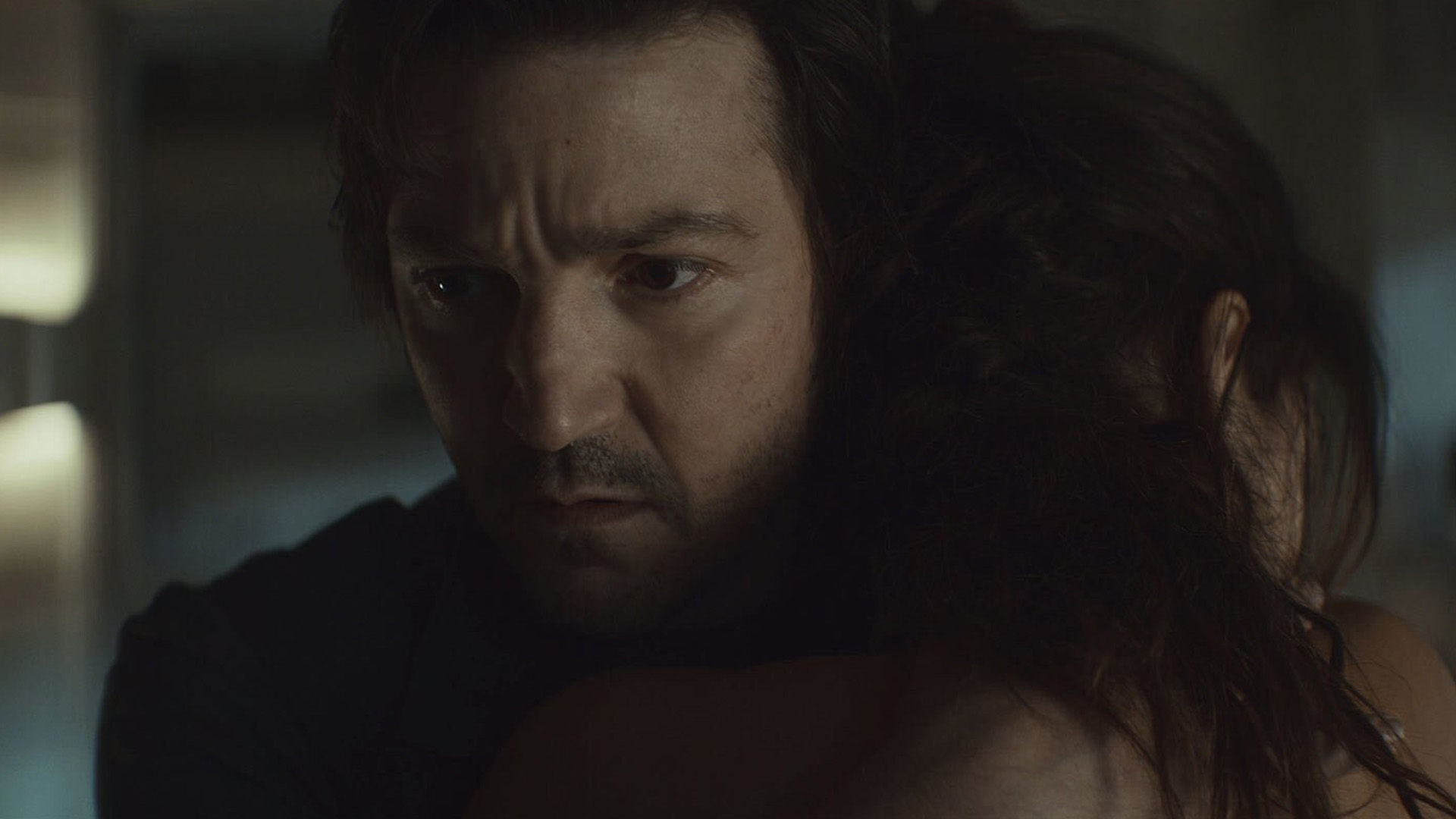
Workers unite
Season two of Andor takes Syril and Deedra in a fascinating direction, now a rather chilly couple based on Coruscant who share a determination to bring down Cassian, Bix and co while dealing with Syril’s overbearing mum, Eedy (Kathryn Hunter). Relatable.
Meanwhile, Attendant Heert (Jacob James Beswick), Deedra’s snippy recruit from season one, has grown a bit too big for his boots and competes with her for the attentions of their boss, Anton Lesser’s chilling Major Partagaz. Anyone who’s ever worked in a toxic office can recognise this territorial tit-for-tat, which only intensifies when a fanatical Krennic turns up with his furtive plans for a planet-cracking weapon.
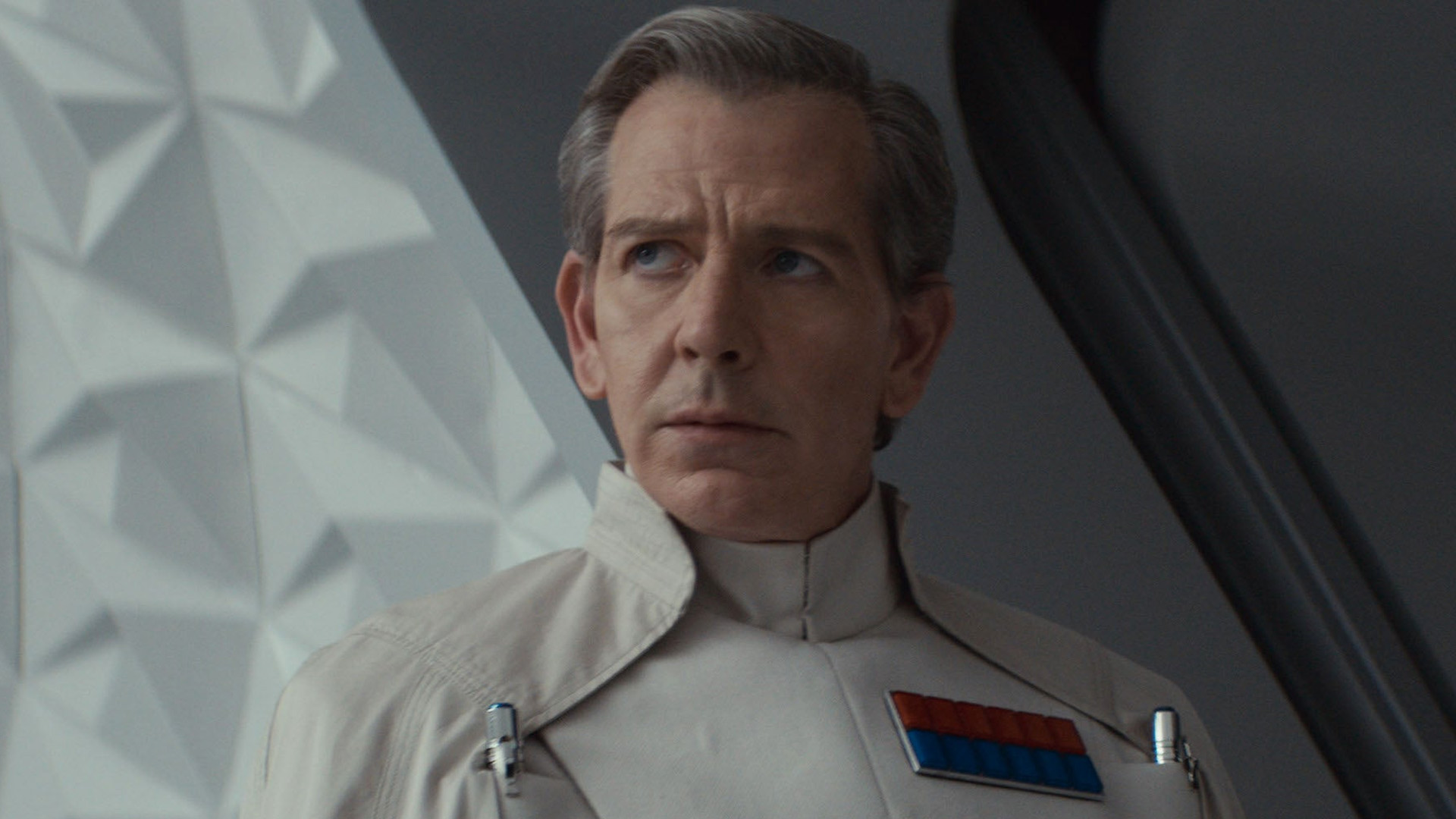
It makes Cassian and Bix and the unity of the Ferrix fighters all the more admirable as they get in on the ground floor of the rebellion. All the while, at the top, the security blanket of Mon’s political standing begins to drop, forcing her to make incredibly difficult decisions as the situation spirals on Coruscant. All while her much more hands-on cousin Vel Sartha (Faye Marsay) and her girlfriend Cinta (Varada Sethu) work in the down-and-dirty bits of the rebellion. The places where a stellar Stellan Skarsgård’s shadowy puppeteer Luthen flexes his Machiavellian muscle, sacrificing figures good, bad and everything in between, as with Forest Whitaker’s growling Saw Gererra.

That’s what makes this closing chapter of Andor so deliciously moreish. From a deaf TIE fighter pilot who wants out of what the Empire’s offering, to the united citizens of a fateful planet from the extended Star Wars mythos who will not be silenced, taking to the streets at great peril, the rebellion is born from the bottom up, and will be bashed by Imperial fake news propaganda along the way.
Many pawns must be sacrificed in their fight for the galaxy’s soul, as is the way with war, an ugly, brutal, unforgiving thing. So many workers and lovers will be mauled as collateral. Never has that felt truer in this universe than on Andor, which refuses to shy away from the tragedy and the treachery. No one is safe. Not even the people we know make it to the original trilogy (hullo Mon, played by Caroline Blakiston).
Gilroy’s genius is that we’re committed to their fates on whatever side they fall, united or divided. Even better, Andor leaves us with just enough room to imagine unseen battles. Because all too often, the little guys who stood up die in history’s silence.


